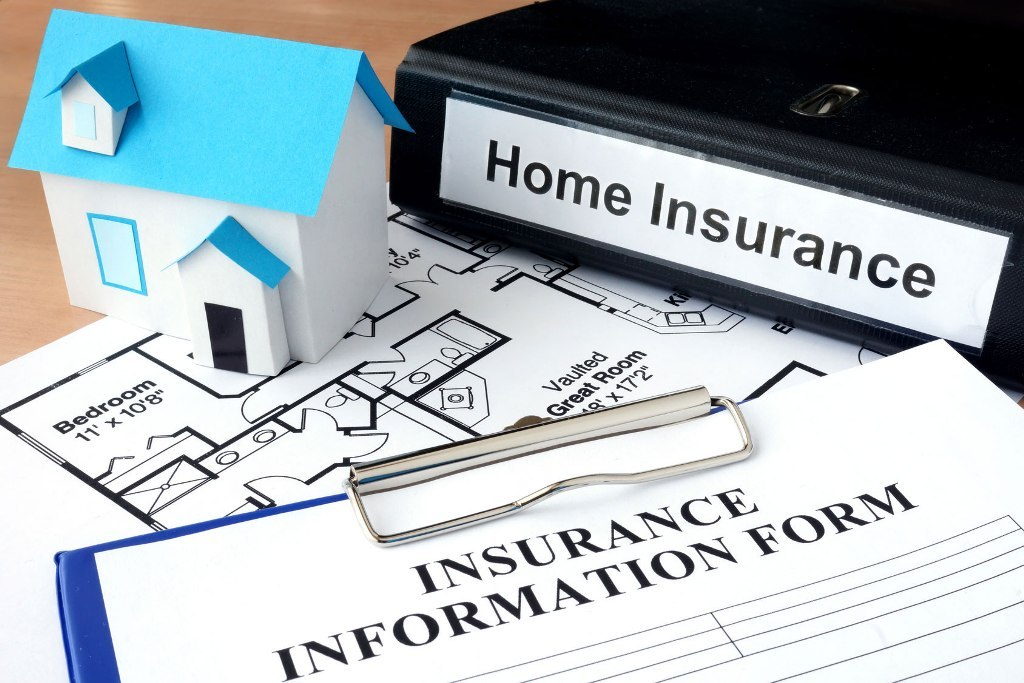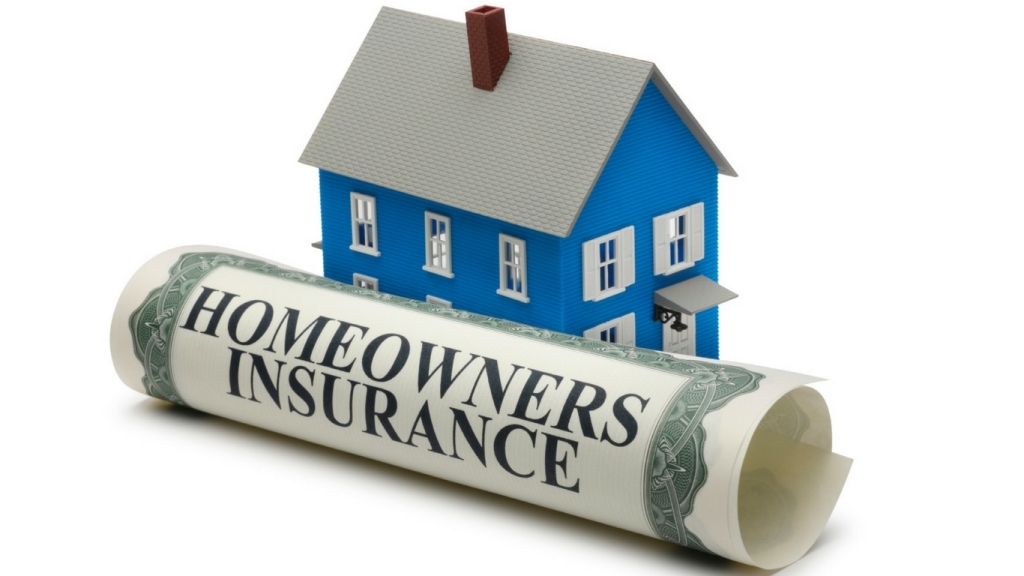Applying for a residential mortgage requires proof of insurance coverage for the full or fair value of residence. If you don’t have a policy in place yet, the bank may decline to finance any transaction, or they can offer you one for an extra cost. However, this will add to your monthly mortgage payments.
Let’s say you finished paying your house mortgage — no one can then force you to continue paying for the policy. But remember, your home is your prime asset, as well as all your belongings inside. Will you throw away all the money and care you invested in your home by scrimping on a few bucks?
It is advisable to keep a home insurance policy in place to help you against any financial risk. The challenge is to find a budget-friendly policy that covers everything you need it to. It’s a matter of exercising due diligence in searching for the right policy that works for you with a company you can trust.
What is homeowners insurance?

Homeowners insurance, also known as home insurance or hazard insurance, is a kind of property insurance for your physical home and its surroundings, with the valuables inside included. It covers both interior and exterior damages and losses of personal assets, along with liability coverage for any accident that may arise inside or within the vicinity.
Types of Homeowners Insurance
Insurers will typically cover most perils, except those listed in the policy exclusions. The types of policies available are:
- HO-1 or the Basic Policy – This policy covers only the ten basic perils such as smoke and fire, explosions, lightning strikes, windstorms and hail, vandalism, theft, damage from any vehicle, damage from any aircraft, civil commotion and riots, and volcanic eruptions.
- HO-2 or the Broad Policy – This is a step up from the HO-1 policy, which includes additional coverage such as falling objects, accidental water damage, and accidents from electrical current.
- HO-3 or Special Policy – This offers all protection points from HO-2 and six-core coverage: dwelling, other structures, personal property, loss of use, personal liability, and medical payments to others.
- HO-4 or Tenant Policy – Otherwise known as renters insurance, this covers only the renter’s belongings and liability, and does not include the structure itself.
- HO-5 or Comprehensive Policy – This is an upgraded version of HO-3 that offers full replacement cost and not just the actual cash value of the damage or loss. Having this policy will get you better protection for homes with a large inventory of high-value items.
- HO-6 or Condo Policy – Commonly known as condo insurance, this policy is very similar to HO-4, but covers damage to the floors, walls, and ceiling of the condo unit.
- HO-7 or Mobile Home Policy – The HO-7 is identical to the HO-3 policy. The difference is that it’s customizable depending on the living arrangements of the owner.
- HO-8 or Older Home Policy – The policy’s coverage is the same as the HO-1 policy, however this is mostly intended for historic homes and registered landmarks where the rebuilding and renovation costs are considerably higher than the house’s market value.
What does homeowners insurance cover?

A standard homeowners insurance policy may include your home, personal belongings, and liability.
Home protection
Homeowners insurance policies cover the physical structure of your home, such as the walls, floor, and roof, as well as the structures attached to it, including a garage or a deck. Most policies also include coverage for other structures that are on the property, like a fence or a gazebo.
Did you know that falling trees are one of the major causes of property damage? According to the Tree Care Industry Association, even healthy trees can get uprooted or split if wind strength is at its peak. If a tree damages your roof, a homeowners insurance policy might cover the cost of repairing it as well as removing the debris and can reduce out-of-pocket expenses.
Personal property coverage
An integral part of any homeowners insurance policy is its ability to protect personal belongings such as furniture and appliances. Still, you need to remember that each policy has its limits. It is best to create a home inventory to figure out the value of your possessions and whether you need additional coverage or not.
Liability protection
Accidents are inevitable. For example, one of your guests fell from your stairs and broke a leg. Your insurance policy may cover the medical bills and prevent you from jabbing to shell out cash straight from your pocket. Because of the broken leg, your injured guest may be advised by the doctor to stay at home for a week. The insurance policy may also cover the salary for the missed days. If the same guest believes you are responsible for the fall, the insurance policy may cover the legal expenses of a lawsuit as well as the cost of the settlement.
What does homeowner’s insurance not cover?
There are some exclusions to homeowners insurance coverage. For example, not all natural disasters are covered. Other common perils that are not shouldered by the policy are:
- Damage caused by flood or sewers
- Land movement, such as landslides and earthquakes
- Damage caused by animals
- Pollution damage
- Normal house deterioration
That said, you might need to buy separate insurance policies to protect your home structure and possessions.
How much coverage will you need?

Depending on your preferred type of insurance policy, standard insurance has two levels of coverage:
Actual Cash Value (ACV)
This is a method of valuing any damaged or lost property or belonging. It is computed by subtracting the depreciation of the item from the purchase price. For example, five years ago, you purchased a television for $1,000 and was destroyed by fire. Upon checking, the insurance company says that the useful life of a TV is 10 years and a similar set costs $1,500. The destroyed TV has 50 percent of its life remaining. The ACV is equal to $1,500 (replacement cost) multiplied by 50% (useful life remaining) or $750.
Replacement Cost Value (RCV)
This valuation method does not include the property’s depreciation so that you would be reimbursed by the current market value of the damaged item.
How much is a homeowner’s insurance premium?
Unfortunately, there is no cookie-cutter costing when it comes to insurance policies because each one is different. Since you have to factor in what coverage and limits you prefer, these policies come in at different rates. Other insurance agents also charge varying prices for the same coverage.
Insurance companies determine the rates based on what they perceive as risks. They consider things such as claim frequency and severity of damages in computing your premium. It may be due to multiple incidents, or just sheer bad luck that requires you to file for a claim. Each claim goes down on your claim history and will always be reviewed by any insurance company. Multiple claims can bump your premium into a higher-priced level. They also consider the crime rate and availability of materials in your neighborhood. Dogs, mostly aggressive ones, can also play a part in increasing the policy rates.
Where to get quotes?

There are numerous apps and websites that allow a faster and more convenient way to get home insurance quotes. For example, Allstate homeowners insurance website has a search algorithm that enables you to put in your home’s location, size, type, and amount of coverage you prefer. In an instant, you can get a preliminary quote based on your data.
The bottom line
For many, homeowners insurance is just another piece of paper that is signed and filed away until it is needed. People who delay evaluating their policies until they experience a loss often do not get the total worth of what they paid. Browsing around for the right insurance policy and avoiding novice mistakes by asking the correct questions to understand what you’re actually getting is always in your best interest. Carefully reading the policy, selecting a reputable agent, understanding your coverage boundaries, and updating your home’s status will ensure your hard-earned bucks won’t go to waste and that there will be a roof over your head for years to come.






